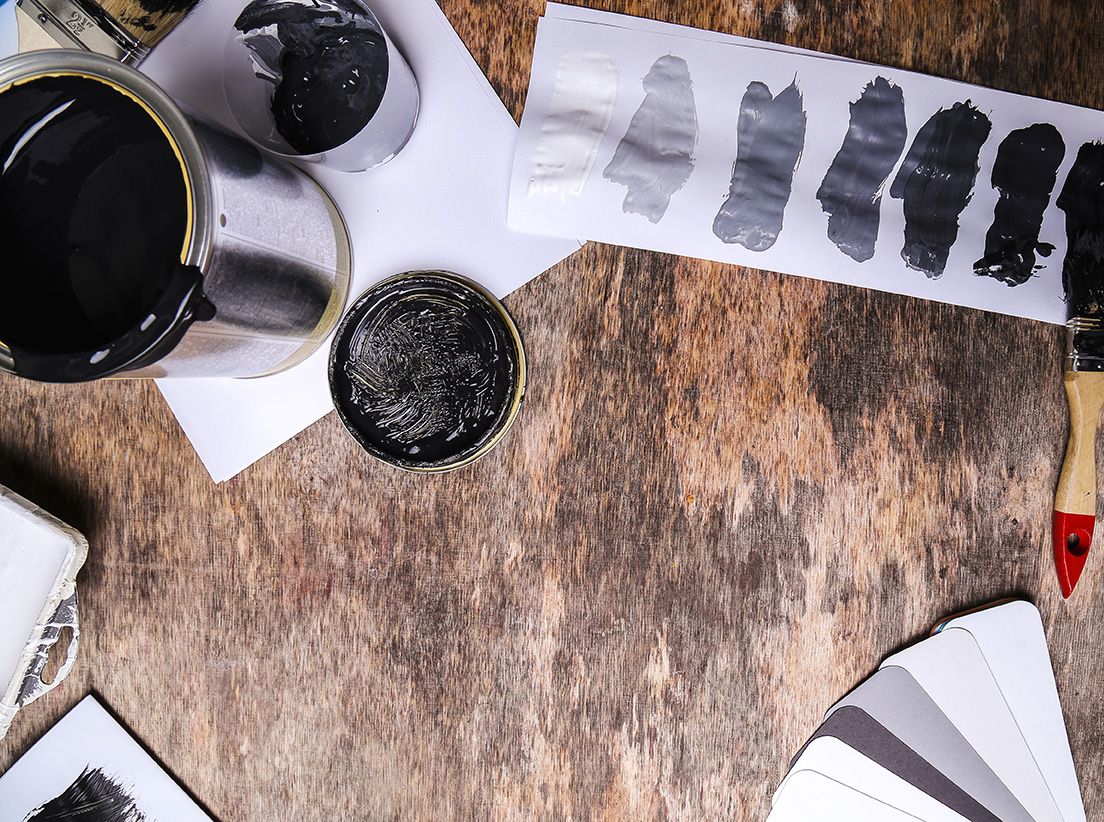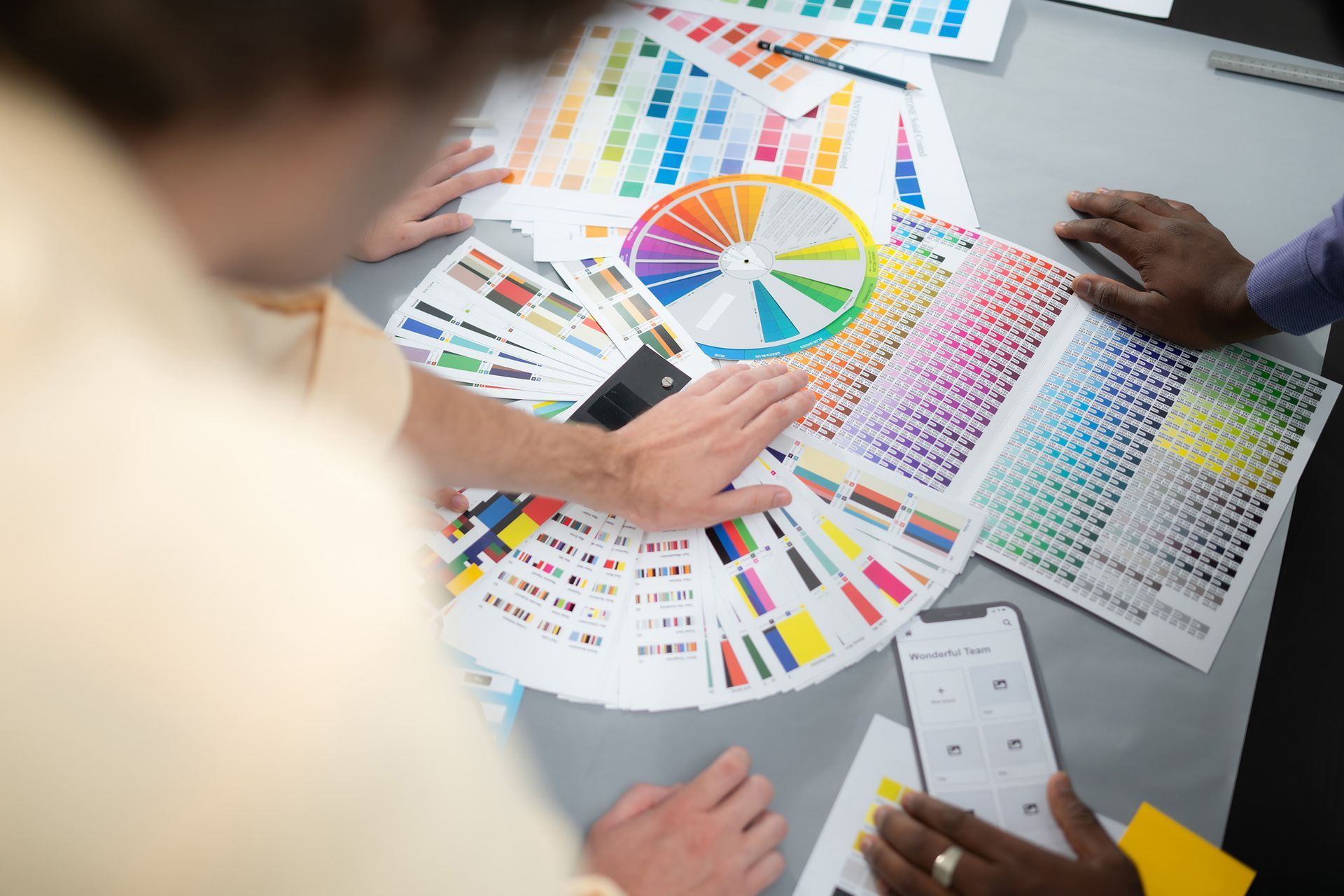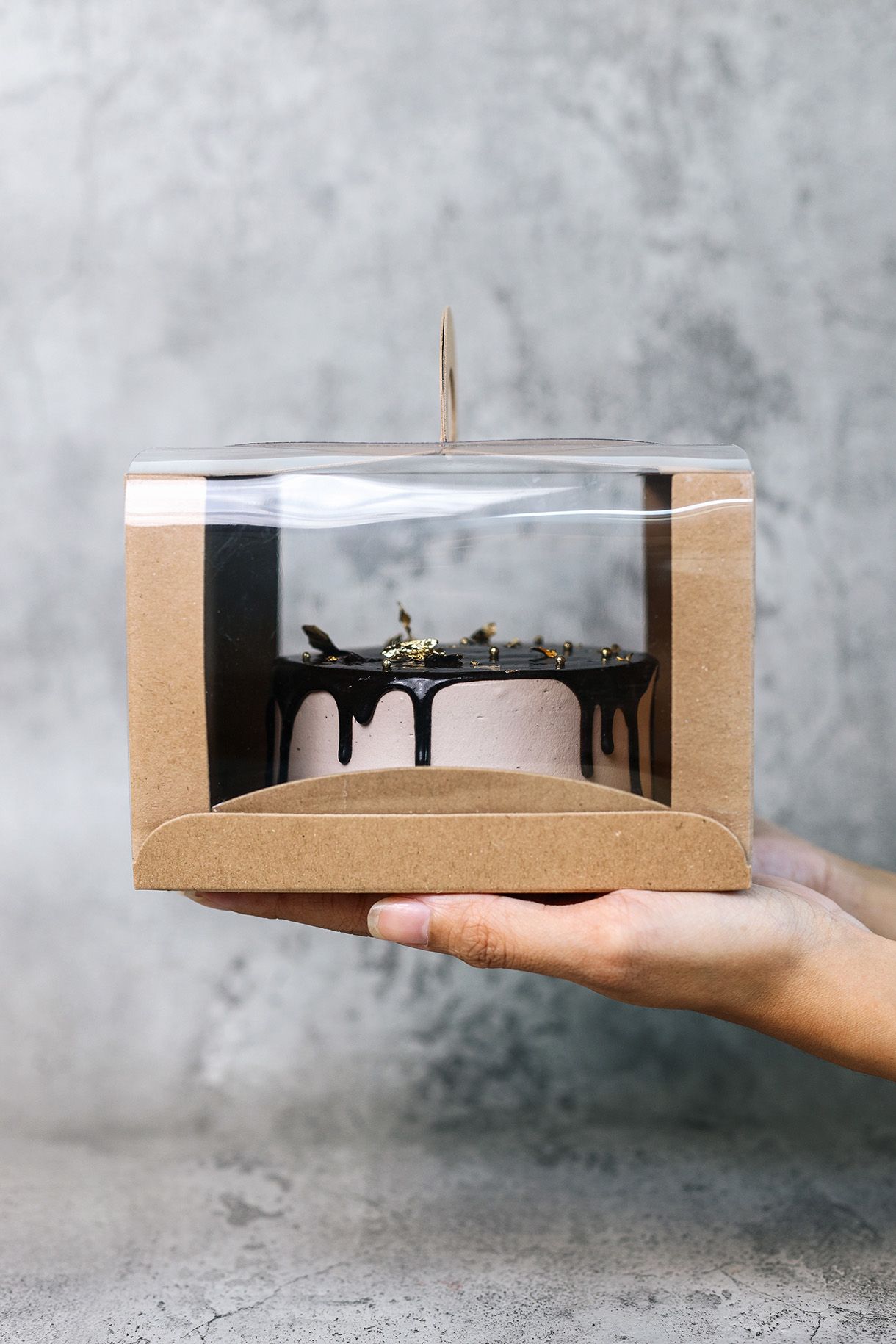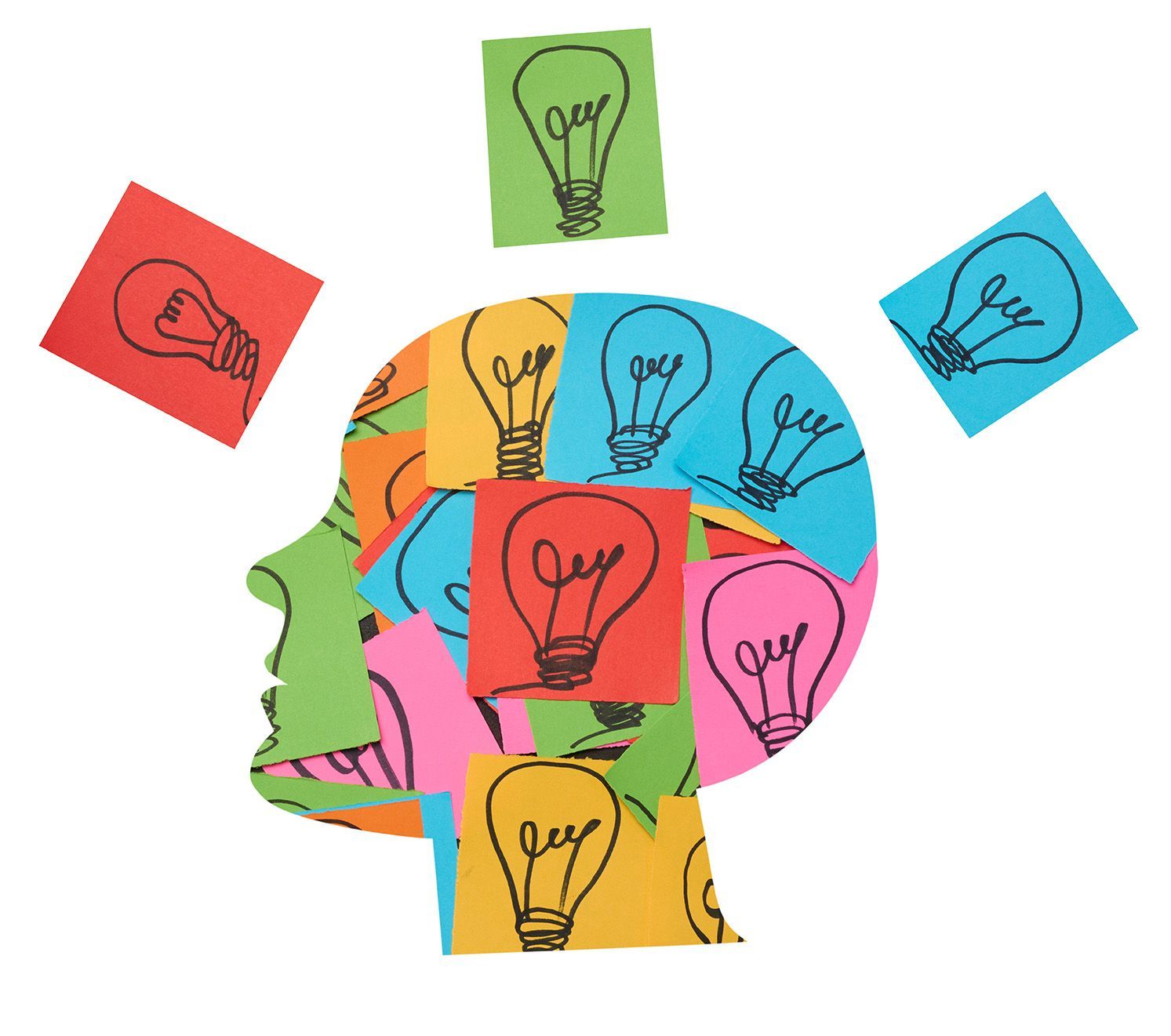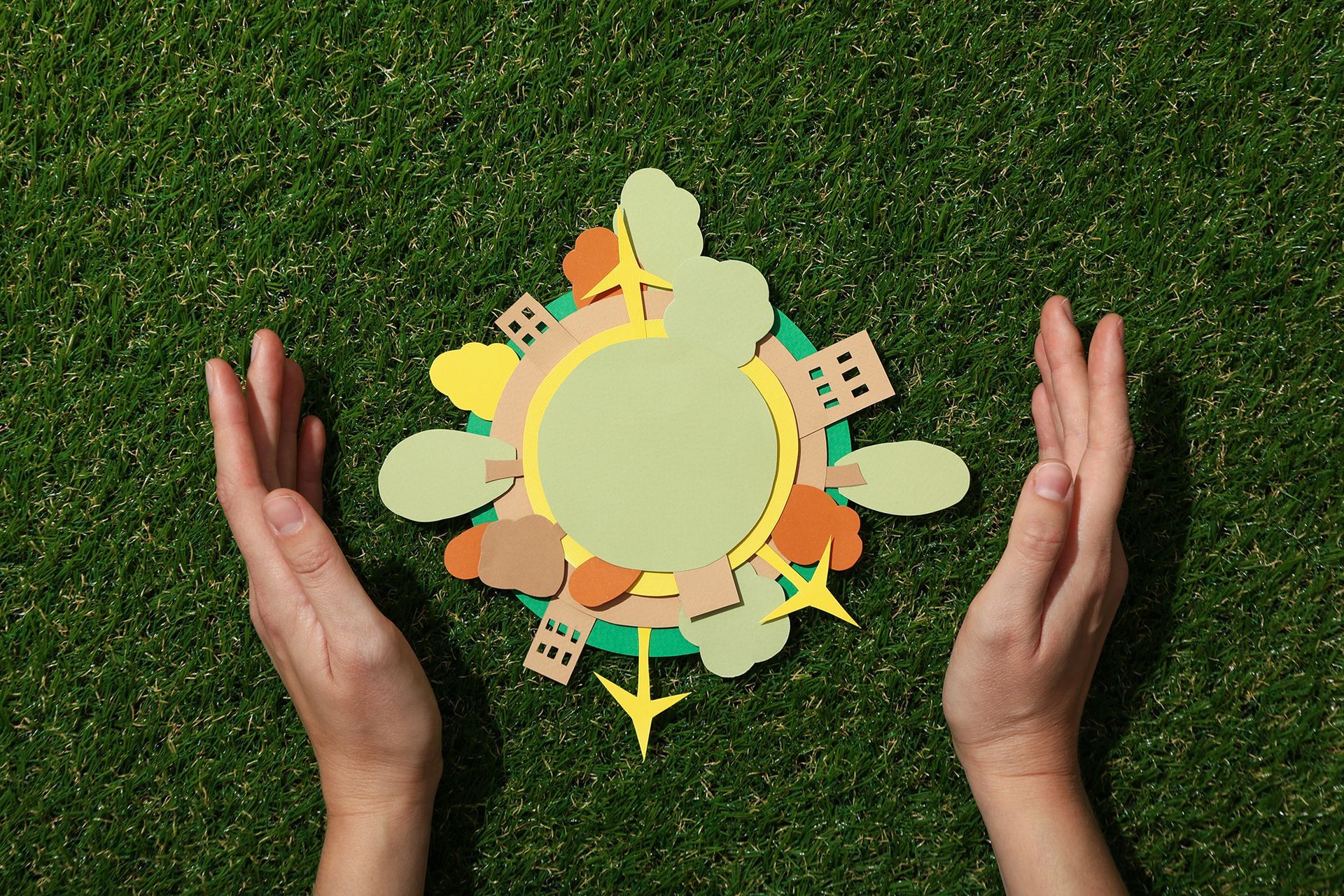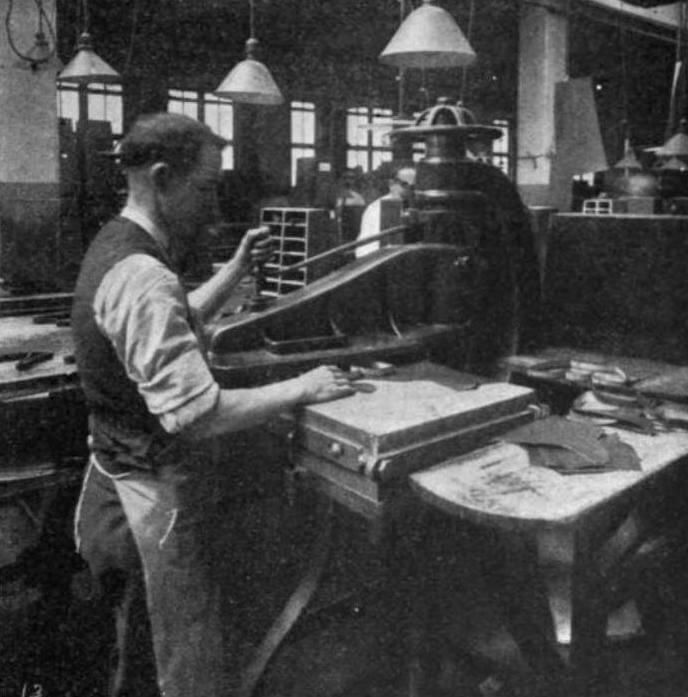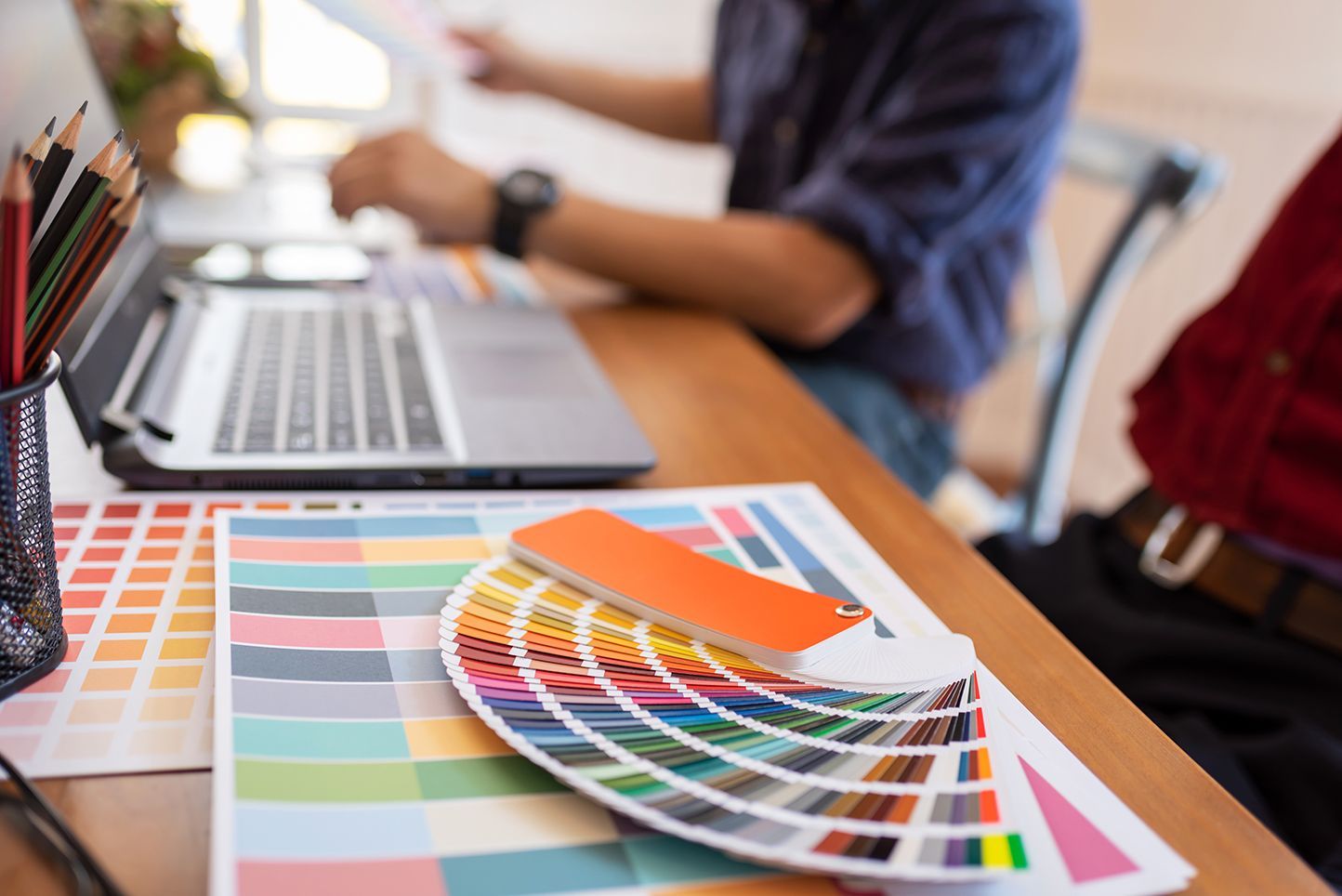Exploring Paper Finishes in the Print Industry
Exploring Paper Finishes in the Print Industry
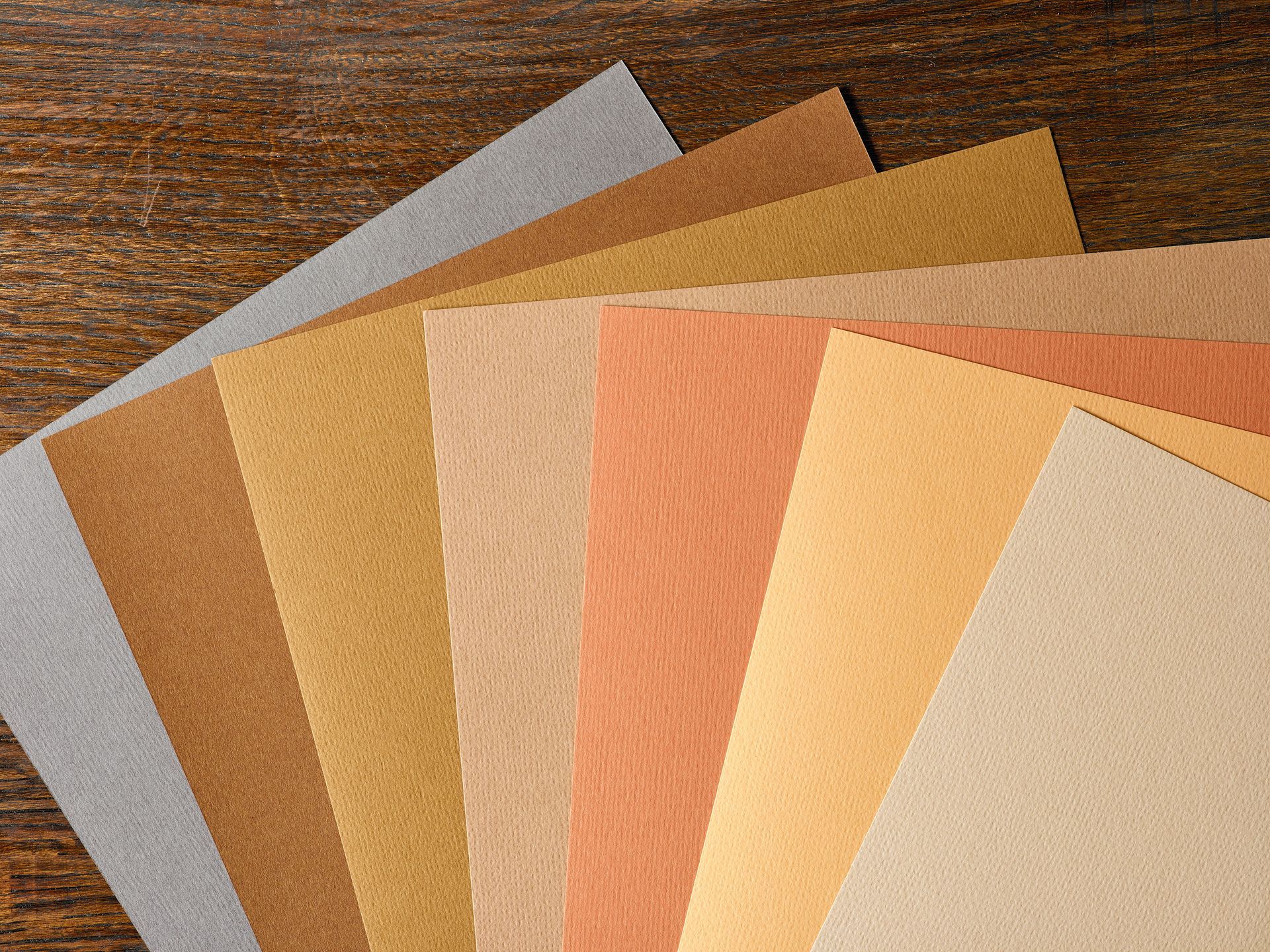
In the dynamic world of print, the choice of paper finishes plays a crucial role in the overall aesthetic and tactile experience of the final product. Whether it’s for business cards, brochures, or large-format prints, the finish of the paper can significantly influence the perception and effectiveness of the design. This blog will delve into the various types of paper finishes available in the print industry today, the distinction between digital and traditional paper, and the importance of selecting the right finish for your projects.
Types of Paper Finishes
- Gloss Finish
- Appearance: Shiny and reflective surface.
- Benefits: Enhances colors, making them appear more vibrant and sharp. Ideal for photographs and high-impact graphics.
- Drawbacks: Prone to fingerprints and glare, which can make reading text challenging.
- History: Developed in the mid-20th century, gloss finishes became popular with the advent of photographic printing, where vibrant, high-contrast images were desired (WCP Solutions).
- Matte Finish
- Appearance: Non-reflective, smooth surface.
- Benefits: Reduces glare, making it easier to read text. Provides a sophisticated and professional look.
- Drawbacks: Colors may appear slightly duller compared to gloss finishes.
- History: Introduced in the late 19th century, matte finishes were initially used for art prints to provide a non-glare surface that enhanced viewing in various lighting conditions (The Paper Mill Blog) (WCP Solutions).
- Satin Finish
- Appearance: Semi-gloss, offering a balance between gloss and matte.
- Benefits: Provides some of the color vibrancy of gloss finishes while maintaining readability and reducing glare.
- Drawbacks: May still show fingerprints but less so than gloss finishes.
- History: Satin finishes emerged in the early 20th century as a compromise between gloss and matte, providing a softer shine that became popular for magazine and brochure printing (WCP Solutions).
- Uncoated Finish
- Appearance: Natural and porous surface.
- Benefits: Ideal for writing and stamping. Offers a classic and organic feel.
- Drawbacks: Less durable and more prone to smudging.
- History: Uncoated paper has been used since the invention of paper, with its origins tracing back to ancient China. It remains a staple for its versatility and natural feel (Pixartprinting) (ThoughtCo).
- Textured Finishes (Linen, Felt, Laid, etc.)
- Appearance: Various textures providing a tactile experience.
- Benefits: Adds a unique and premium feel to printed materials. Excellent for luxury stationery and invitations.
- Drawbacks: Can be challenging to print on with some digital presses.
- History: Textured papers like linen and laid finishes date back to the early days of European papermaking in the 12th century, particularly in Fabriano, Italy. These textures were initially created to mimic fine fabrics and provide a luxurious touch (Pixartprinting) (WCP Solutions).
Digital Paper vs. Traditional Paper
The advent of digital printing has brought about the need for specially designated digital paper. Here’s why digital paper is different:
- Coating:
Digital paper often has a special coating that ensures toner adhesion and durability. Traditional papers might not hold the toner as well, leading to issues with image quality and longevity. - Weight and Thickness:
Digital papers are designed to run smoothly through digital presses, which may have different handling capabilities compared to traditional offset presses. - Availability:
Some specialty finishes and weights are more readily available in traditional paper, while digital paper options are expanding but can still be limited.
The Importance of Paper Finishes in Design
The finish of the paper is as crucial as the design itself. Here's why:
- Enhancing Design Elements:
The right finish can enhance the visual appeal of your design. For instance, a gloss finish can make colors pop, while a matte finish can give a sophisticated look. - Improving Readability:
Choosing a finish that reduces glare, such as matte or satin, can make text easier to read, especially in bright lighting conditions. - Tactile Experience:
The feel of the paper can leave a lasting impression. A textured finish can add a sense of luxury and importance to the printed piece. - Durability and Longevity:
The finish affects the durability of the printed material. Gloss finishes can protect against moisture and handling, while uncoated finishes might be more prone to wear and tear.
Challenges in Paper Availability
In recent times, the print industry has faced challenges in sourcing certain paper finishes. For example, matte finishes have become harder to obtain, leading many print shops to substitute with satin finishes, which offer a similar look but with slight differences in texture and reflectivity.
This scarcity highlights the importance of flexibility and creativity in print production. Understanding the available options and how to substitute effectively without compromising the quality of the final product is key to maintaining high standards.
Conclusion
In conclusion, the choice of paper finish is a critical aspect of print production that influences the visual appeal, readability, tactile experience, and durability of the final product. As digital printing continues to evolve, the distinction between digital and traditional paper becomes more pronounced, with each offering unique benefits and challenges. By understanding these differences and the importance of paper finishes, designers and print professionals can make informed decisions that enhance the quality and impact of their work.
Remember, the finish of your printed material is only as good as the quality of the paper you choose. Whether you opt for gloss, matte, satin, or textured finishes, always consider how the paper will interact with your design and the final use of the printed piece.
For more in-depth insights into the history and evolution of paper finishes, you can explore resources like the comprehensive overview provided by Pixartprinting on the history of paper (Pixartprinting), or delve into the detailed guides on print finishes available at The Paper Mill Store (The Paper Mill Blog) and WCP Solutions (WCP Solutions). These resources offer a wealth of information that can help you make the best choices for your printing projects.
CONTACT US
Want more info?
Explore our comprehensive
custom print finishing solutions
tailored to your specific needs.
Whether you need
durable floor graphics, vibrant banners, or high-quality promotional materials, trust
LamPro to bring your vision to life.
Contact Us
Thank you for contacting us.
We will get back to you as soon as possible.
Oops, there was an error sending your message.
Please try again later.





